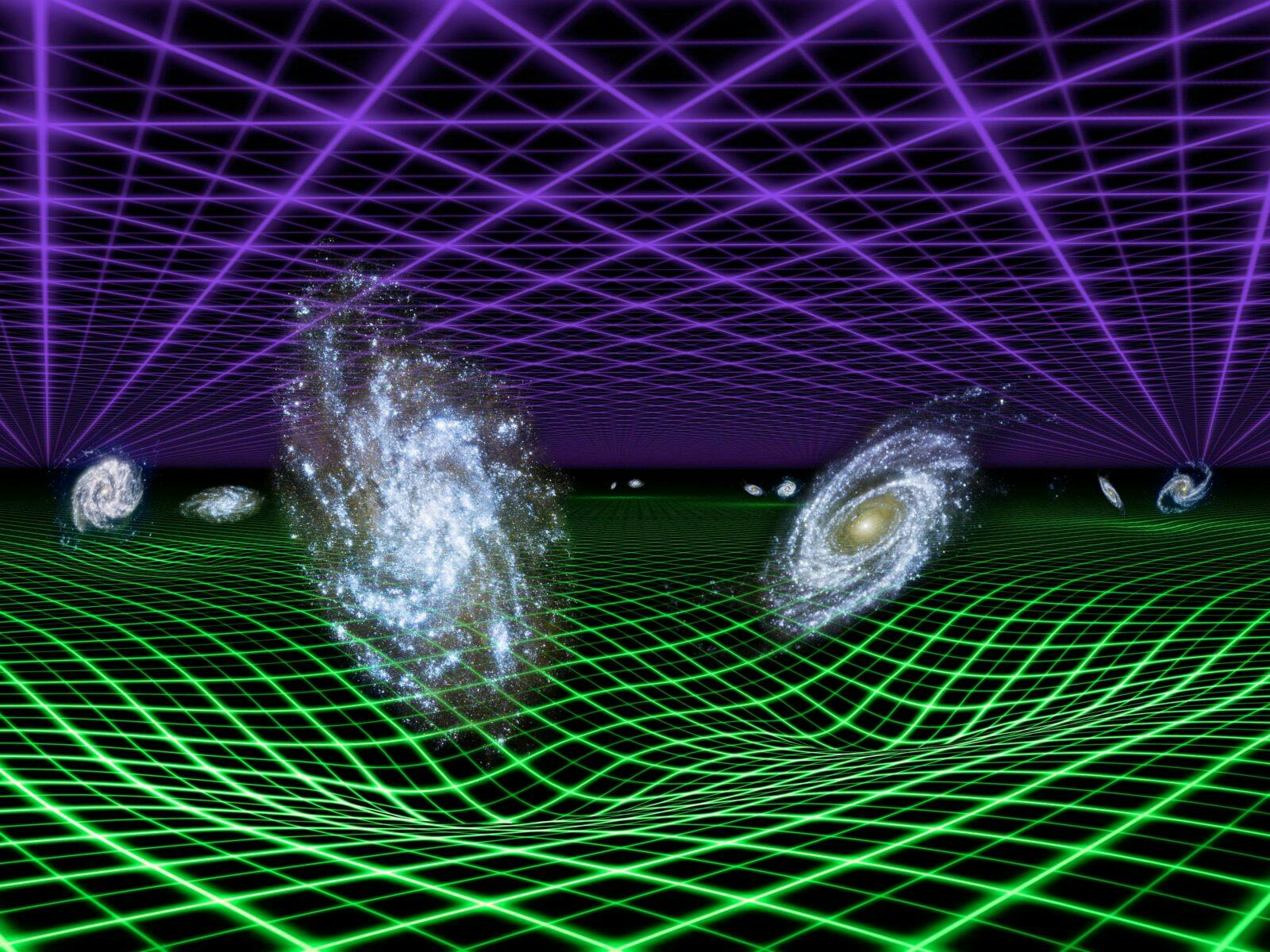Dark Energy Projects Up and Running
by Bruce Lieberman
The race to discover the nature of dark energy has begun.

The Author
The Researcher
The Hyper Suprime-Cam at the Subaru Telescope atop Mauna Kea in Hawaii, as well as the ACTPol detector at the Atacama Cosmology Telescope at Cerro Toco in Chile, are now both operational. Meanwhile, the Dark Energy Survey at Cerro Tololo in Chile is underway with its powerful new camera.

On July 31, scientists with the project in Hawaii released a stunning new image of our galactic neighbor, Andromeda. The massive galaxy, about 2.5 million light years from Earth, is the first image released by the Hyper Suprime-Cam. It sets the stage for the launch of the Subaru Measurement of Images and Redshifts project, also known as “SuMIRe.” This project, led by the Kavli Institute for the Physics and Mathematics of the Universe at the University of Tokyo, will plot the positions of millions of galaxies over cosmic time to analyze how the expansion of the universe – which is driven by dark energy – has changed. (see the accompanying roundtable for a more complete discussion)
At the Atacama Cosmology Telescope (ACT), the new ACTPol detector became operational in mid-July. The milestone, known as “First Light,” was announced on ACTPol’s Twitter feed (@ACT_Pol) on July 19. The ACTPol project is studying how polarization patterns in the oldest light in the universe – the relic radiation left over from the Big Bang known as the cosmic microwave background – have been distorted by the cosmic web of galaxies strung across the universe. By studying this distortion, known as “lensed B modes,” astronomers plan to reconstruct the universe’s web of galaxies. Like the SuMIRe project, it will use this information to analyze the changing nature of dark energy over the history of the universe.
As discussed in the accompanying roundtable, the SuMIRe and ACTPol projects plan to share data and collaborate as their studies progress.
Finally, a third project called the Dark Energy Survey, or DES, is launching its five-year survey this month (August) from the 4-meter Blanco telescope at the Cerro Tololo Inter-American Observatory in central Chile. The Dark Energy Survey is driven by a powerful 570-megapixel Dark Energy Camera. The Dark Energy Survey, led by Joshua Frieman at the University of Chicago’s Kavli Institute for Cosmological Physics, will measure distances to 300 million galaxies up to 8 billion light years away, as well as 100,000 galaxy clusters and 5,000 supernovae. The goal of the survey is to cover about an eighth of the sky. As a public service, the Dark Energy Survey has launched a blog that regularly releases survey images. It’s called “Dark Energy Detectives.” (see the link below)
By charting the evolving web of stars, galaxies and galaxy clusters across billions of years, the astronomers with all three projects aim to learn about one of cosmology’s biggest mysteries – the accelerating expansion of the universe caused by something we now know little about and therefore call: dark energy.
To follow the SuMIRe, ACTPol and DES projects online, go to: